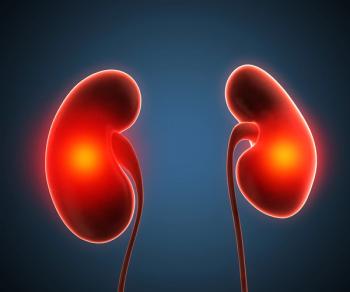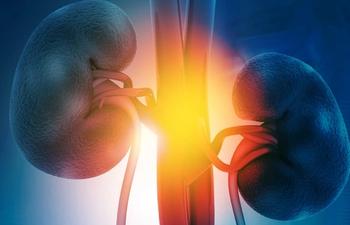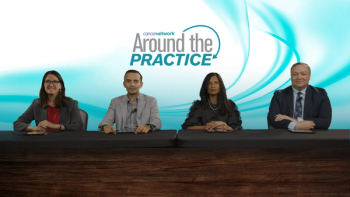
Renal Cell Carcinoma: Expert Perspectives on Treatment Selection
Hans Hammers, MD, PhD, provides a broad overview on the treatment options available to patient who receive a diagnosis of renal cell carcinoma.
Episodes in this series

Transcript:
Hans Hammers, MD, PhD: Let me talk briefly about some of the treatment options we have for kidney cancer. I don’t want to get too much into the detail, but essentially, there are 2 major approaches when we treat kidney cancer. One approach is the most mature and oldest, and for which we have the most follow-up. It is a combination of 2 immunotherapy drugs. There is no pill involved. It’s immune checkpoint inhibitors where we can lift 2 brakes off of the immune system and let the dogs out, if you will. We let your immune system cells crawl all over your body. We hope it finds the cancer and goes after the cancer. It can actually eliminate cancer cells, and it works in roughly 40% of patients with regard to significant shrinkage of the tumors. The advantage is that you don’t have the adverse effects from pills, it’s just the immunotherapy. But the drawback is the chance for autoimmune adverse effects, meaning your own immune system attacking you is increased over another regimen, for example, and also the initial chance not to respond because you focus on immunotherapy and not the other treatment approaches for kidney cancer. There is a chance of roughly 20% that the cancer progresses right through it.
In your situation, this would have been absolutely detrimental. You would not potentially have left the hospital, or would not have left for very long. You were in such dire straits. The situation was that we wanted to have a treatment that comes from both ends. One is immunotherapy, with the hope that it will rally your immune system. Then the other vulnerability that kidney cancer has is, it’s addicted to a particular way to make blood vessels because clear cell kidney cancer thinks there is no oxygen, which is not true. But it wants to make blood vessels, and it’s very single minded about how it does that. These are the pills, which are targeted therapy. They go after the ability of the cancer to make new blood vessels. By the way, that pathway can increase the chance for edema and swelling in the lung that may have contributed to some oxygen requirements. If you put those 2 together, and there are 3 regimens approved, the chance for response goes up significantly, meaning a significant shrinkage of your tumors up front. That’s around 60 to 70%. And for your case in particular, the chance that the cancer just marches though their therapy is really small, only around 5%. The chance that it stays stable, or shrinks, is really high with these therapies. It was a no brainer to apply that kind of regimen, and we started you in the hospital.
Transcript edited for clarity.
Newsletter
Stay up to date on recent advances in the multidisciplinary approach to cancer.




















































































